Biologist Thor Hanson’s charming investigation into the lives and habits of bees is essential for everyone interested in the natural world. Bees co-evolved with flowers, and depend on them for sustenance. Flowering plants depend on bees for pollination. People depend on both for food. Hanson offers reflections on a bee’s exquisite anatomy and conversations with entomologists and preservationists. After the Colony Collapse Disorder of 2006, and ongoing threats to bee habitat, Hanson urges people to be better stewards of this vital resource.
People from all cultures have mythologized and romanticized the bee throughout history.
Bees and humans have shared a special relationship for thousands of years. Early humans raided hives by climbing trees and smoking out bees. As agriculture developed, people cultivated bees. By the third millennium BC, Egyptians ferried bees up and down the Nile to pollinate plants. People kept bees long before they tamed horses or domesticated fowl.
People distilled honey into mead, the first alcoholic beverage, and used bees and their products as remedies and tonics. For thousands of years, beeswax was the most clean-burning and pleasant-smelling source of light.
The bee appears in mythology, poetry and art. Bees were often messengers from the gods, and portended natural catastrophes. Cicero attributed Plato’s eloquence to bees landing on the philosopher’s lips when he was a baby. “Bee-priestesses” served in the temples of Aphrodite, Artemis and Demeter. Legends say wild bees raised the god Zeus, and they call the gods Krishna and Vishnu “the nectar-born ones.” Rivers of honey appear in almost every culture’s conception of paradise.
<...
Thor Hanson is a conservation biologist, Guggenheim fellow and co-host of PBS’s Nature series American Spring Live. He also wrote Feathers, The Impenetrable Forest and The Triumph of Seeds.









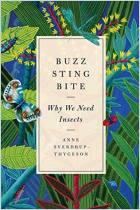
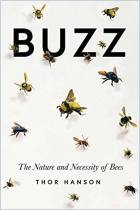
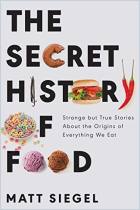
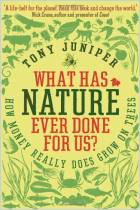
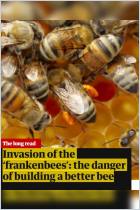
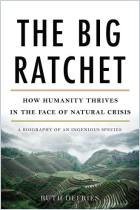



Comment on this summary or Démarrer une discussion